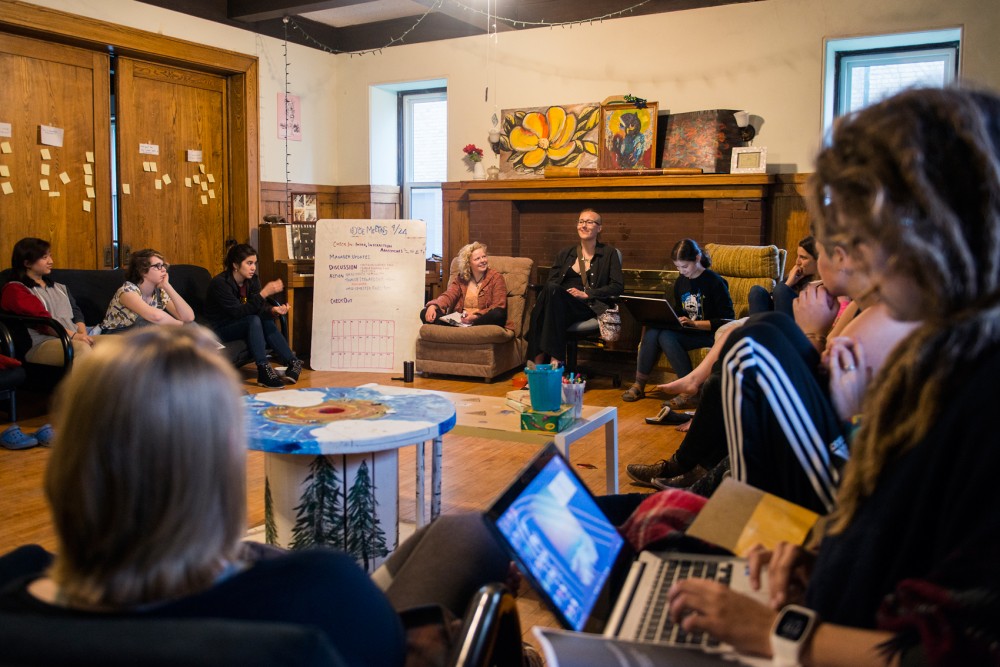Some Minneapolis residents are pushing to change city rules that limit the number of unrelated people that can live under one roof.
City regulations prohibit residences with more than three unrelated people and five total living in them, but Ward 2 Council member Cam Gordon is working on a resolution that would let some groups apply to bypass the current cap.
Gordon said he is working on drafting ordinances that would groups to live in a house if they are labeled an “intentional community,” meaning roommates live together for a common purpose, such as sober houses or missionary groups.
“Housing co-ops and intentional communities that want to expand are restricted and can’t really do that without changing some kind of laws,” said Tom Pierson, a member of the Minneapolis Coalition for Intentional Communities, a group of cooperative housing advocates.
Gordon said the ideas are still preliminary and that he’d like to propose the changes to the City Council sometime this summer.
“We’re hoping for some community engagement before we get a final draft,” he said.
If approved, intentional communities wouldn’t be limited by the maximum of three unrelated people but instead would be regulated by a cap based on the square footage of the residence.
Housing cooperatives and intentional communities are affordable housing options for people who want to live in a small community setting, Pierson said.
An update to the zoning ordinances would allow for more efficient uses of housing space, especially in larger dwellings, he said.
“It allows people to occupy buildings that would otherwise be too big to occupy with three people,” Pierson said.
The rough draft of the amendment would also require that landlords have no more than one property used for an intentional community.
“We don’t want to have landlords exploiting their tenants,” Pierson said, adding that landlords would not be able to create a “farce” intentional community just to pack people into a house, Pierson said.
The University of Minnesota Students’ Co-op at 1721 University Ave. SE has 29 student residents and is legal because it formed before the current zoning ordinances took effect.
Bailey Shatz-Akin, an individualized studies junior, is living at the co-op for her second year.
“Everyone’s able to put in a little bit and get out a lot,” she said.
A lot of students that have lived in the co-op have wanted to continue living in a community setting but have difficulty establishing a community housing model because it’s not allowed by the city, Shatz-Akin said.
“The choice is to illegally form some kind of community housing situation where there’s more than five people living together,” she said.
Shatz-Akin said she and other members of the co-op have worked with the Minneapolis Coalition for Intentional Communities to push the ordinance.
Still, students could largely be left out of the potential change because landlords are limited to one property to designate as an intentional community, Pierson said.
Psychology senior Thomas Hazlett said he lives in a house with five other people and said he knows about the current ordinance. He said he isn’t concerned about the city enforcing its regulations.
“It seems pretty much acknowledged by the landlord and then subsequently totally ignored,” Hazlett said.








